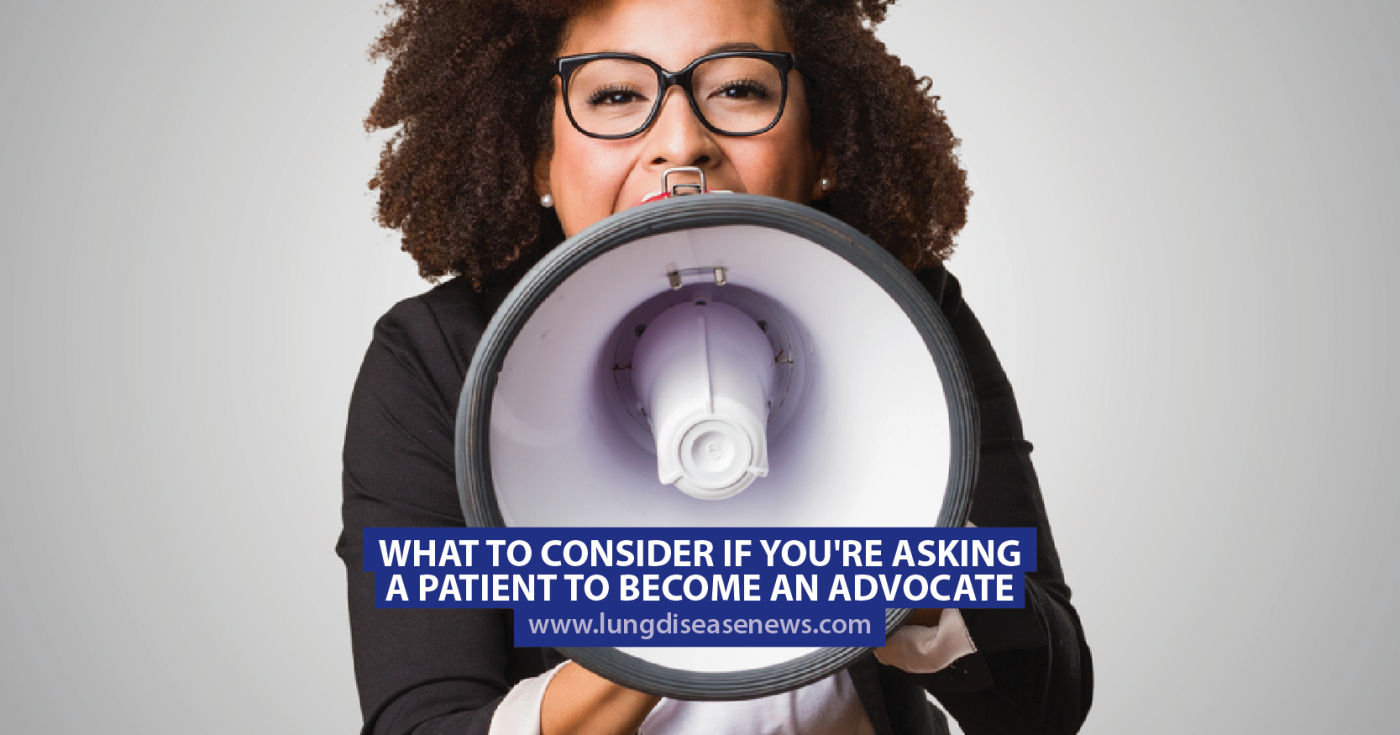Some of the most successful campaigns, be it fundraising initiatives or trying to raise awareness, capture the attention of donors through personal stories. These personal stories are used in a way that is meaningful for the patient, while also highlighting the importance for others who may be less familiar with the disease. The stories focus on raising awareness for a campaign or initiative, and help others truly understand the importance of human connection through the selfless act of blood or organ donation.
There are many other campaigns that use personal stories for a different — but equally important — reason, such as raising money to maintain studies or begin new research into diseases and treatment. Whatever the goals are of these campaigns, whether they are to raise awareness or money, there is one common theme: there are humans with raw emotions sharing their personal stories.
For those with any type of life-threatening illness, including idiopathic pulmonary fibrosis (IPF), there’s a good chance you’ve been asked to be part of a campaign for your disease. Maybe you’re a young adult diagnosed with IPF (which is considered rare) or the recipient of a new set of lungs, or maybe you have beaten the odds for survival, and a campaign with the goal of raising awareness has approached you to tell your story. Would you do it?
It’s common for patients to be asked to be advocates or to be asked to share their personal stories for a campaign. However, it’s important to remember that most patients have (at some point or another) endured very difficult news and painful treatments, and experienced the emotional trauma of facing a life-threatening illness.
MORE: When to consider professional help while dealing with PF
Below are some considerations for organizations, companies or campaigns to consider when approaching a patient about being an advocate or part of their awareness or fundraising campaign:
Be clear about expectations.
It’s easy for miscommunication or misinterpretation to happen between patients and organizations or companies. What might be perceived as a small miscommunication or misinterpretation by an organization could have a significant impact on a patient. For example, maybe there is a small or intimate part of their story that a patient does not want shared, and if this is accidentally published in a campaign, the result could be emotionally devastating. Companies also need to be clear about the time commitment for patients, both initially and on a regular basis.
Recognize the vulnerability that comes with sharing personal stories.
To be the “face” of a campaign exposes a lot to a very wide audience, especially if it’s a campaign that showcases a patient’s personal story, battle or journey with a life-threatening illness. This is even more true if the campaign shares photos, prognosis/life expectancy or the physical impact (such as scars) of the disease to increase awareness. Recognizing the vulnerability that comes with sharing personal stories also means respecting patients’ boundaries, and not pushing to showcase what a patient might be uncomfortable with for the benefit of a campaign.
Be professional and respectful in interacting with patients.
Understandably, the people behind these big campaigns are very busy doing exceptional work, but being professional and respectful means responding in a timely manner and using courteous, polite language. It means not placing blame if a patient cannot meet expectations, and understanding that managing their disease and symptoms is a patient’s top priority.
Don’t ask too much of a patient.
Be mindful that for some patients, participating in one campaign does not open the door to ongoing participation in any/all campaigns. Sharing a story once, for a targeted campaign does not mean that a patient wants their story to become to the face of an agency or campaign.
MORE: How to help others deal with your disease
Lung Disease News is strictly a news and information website about the disease. It does not provide medical advice, diagnosis or treatment. This content is not intended to be a substitute for professional medical advice, diagnosis, or treatment. Always seek the advice of your physician or another qualified health provider with any questions you may have regarding a medical condition. Never disregard professional medical advice or delay in seeking it because of something you have read on this website.

